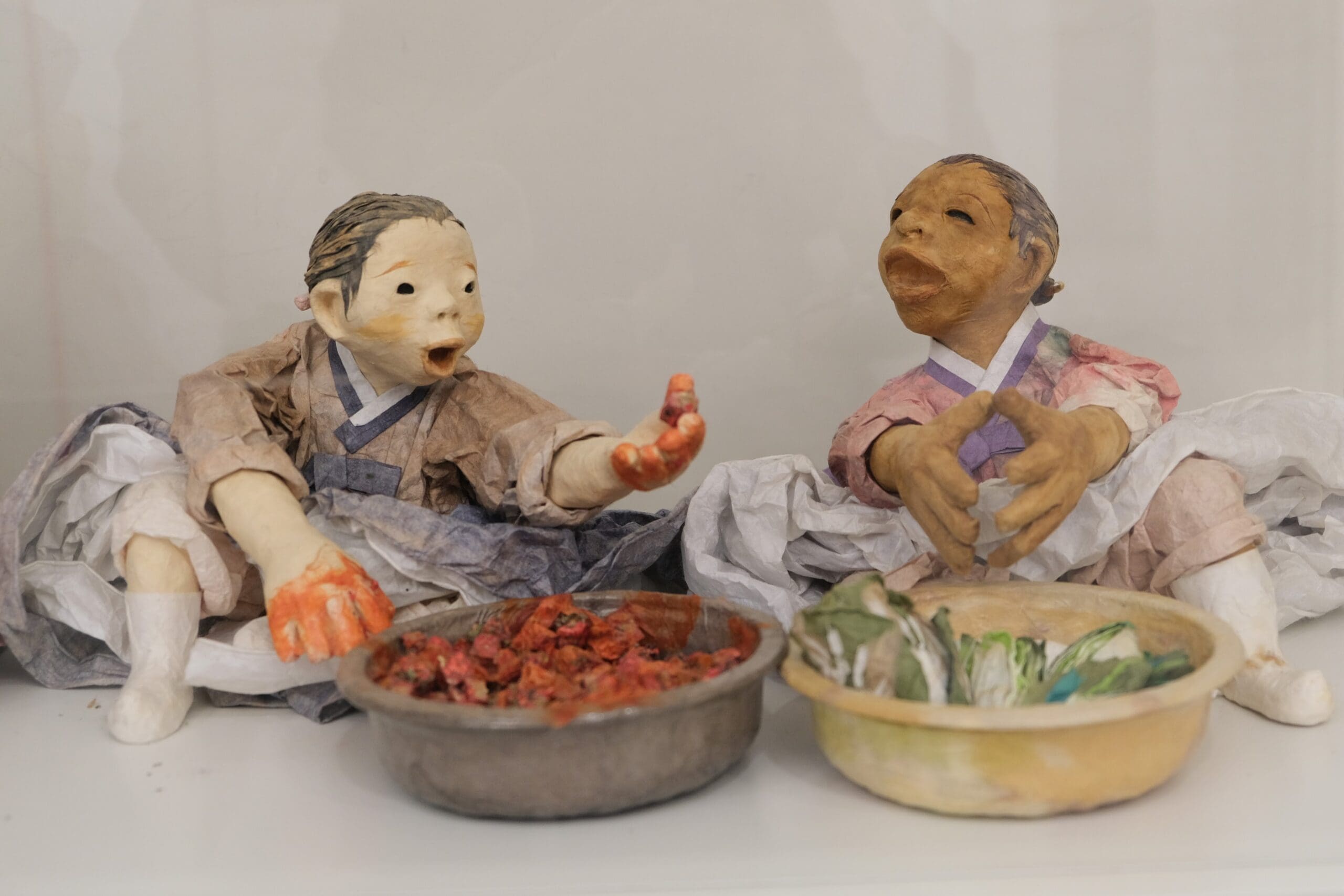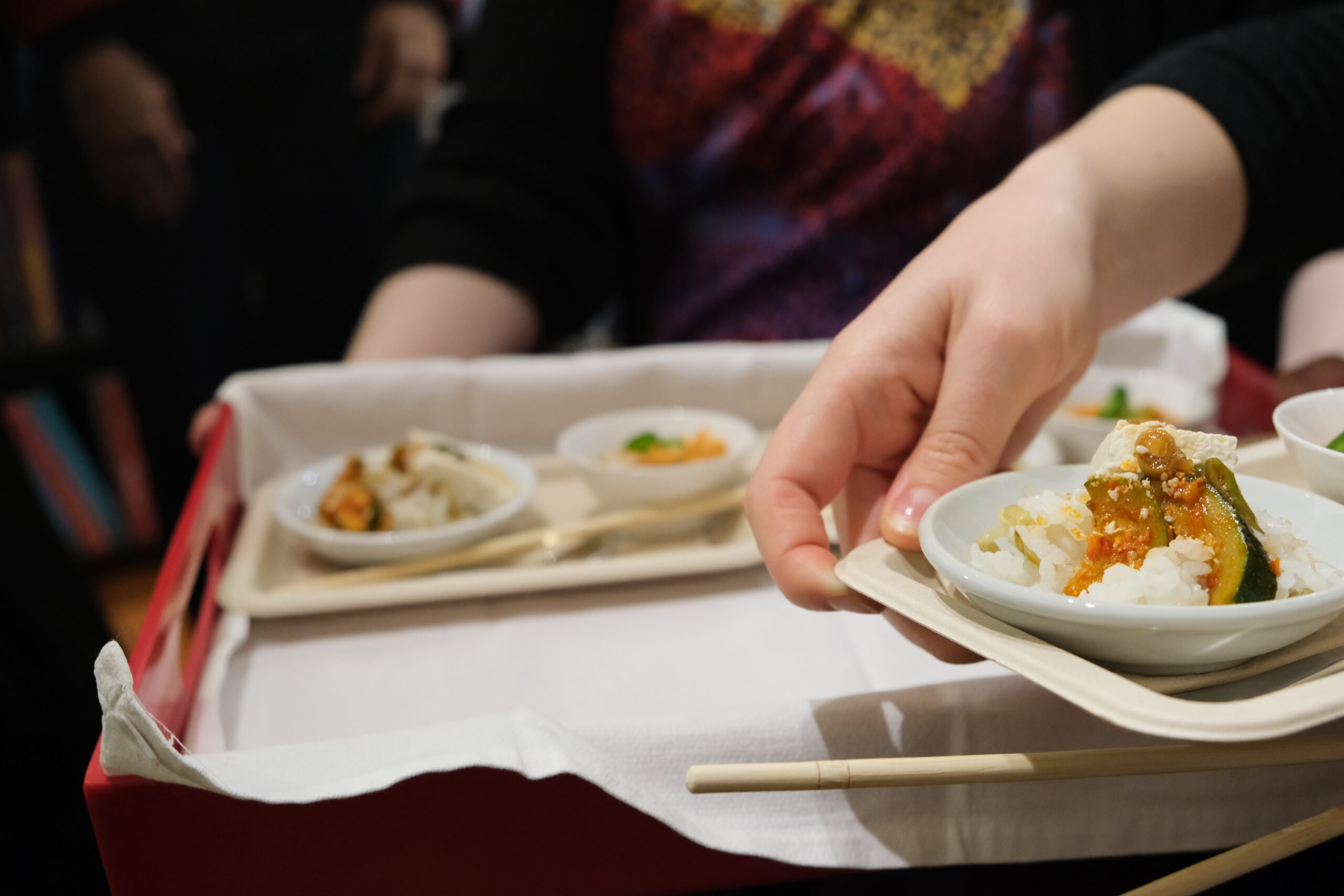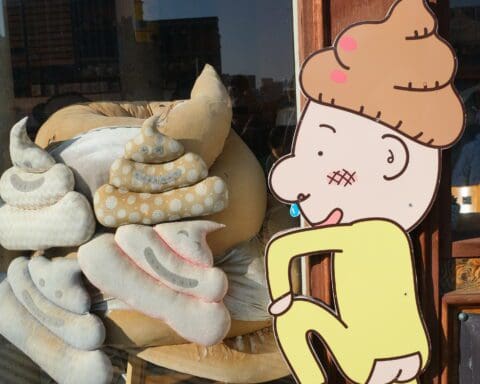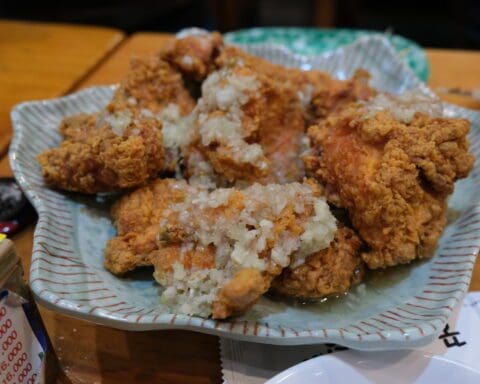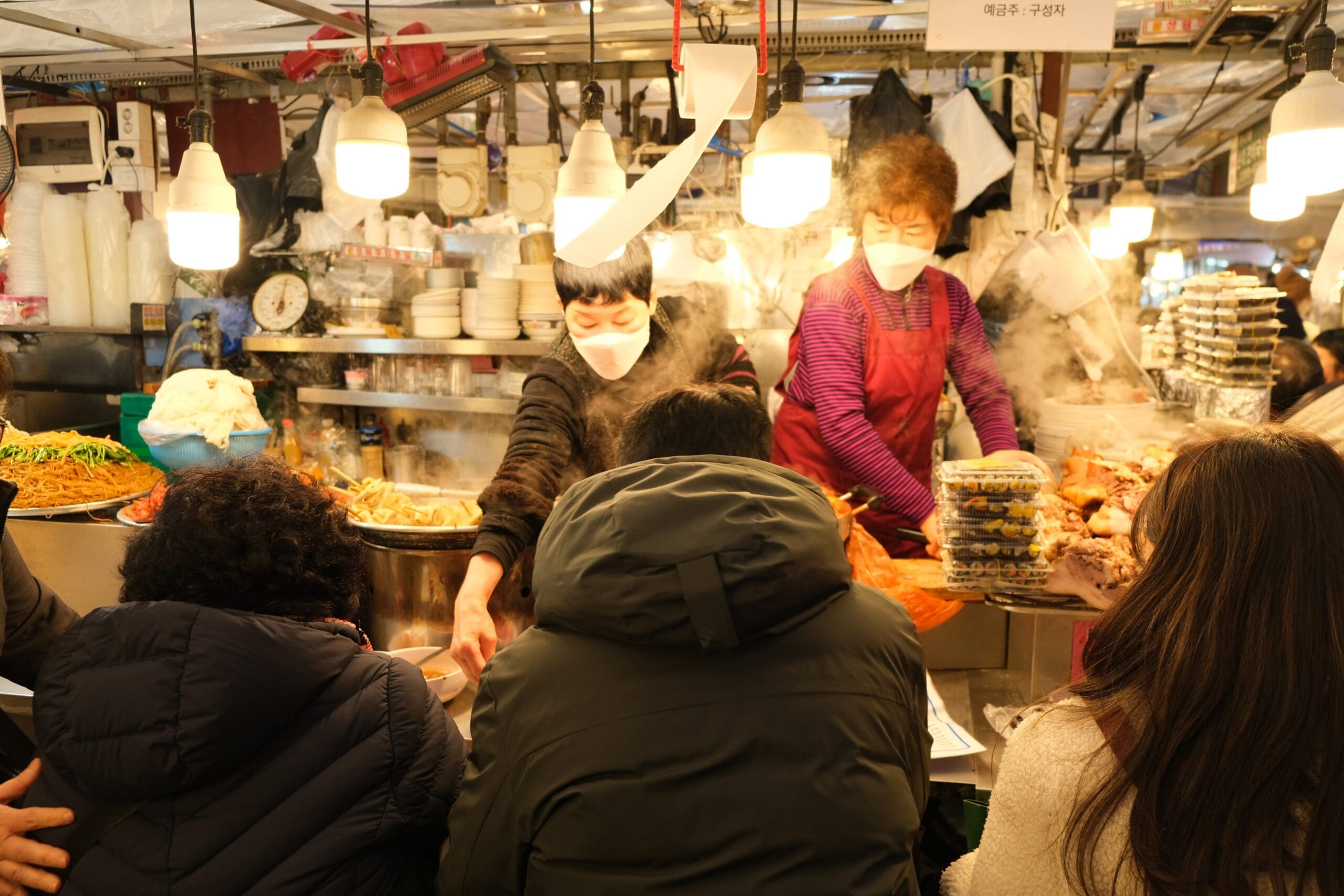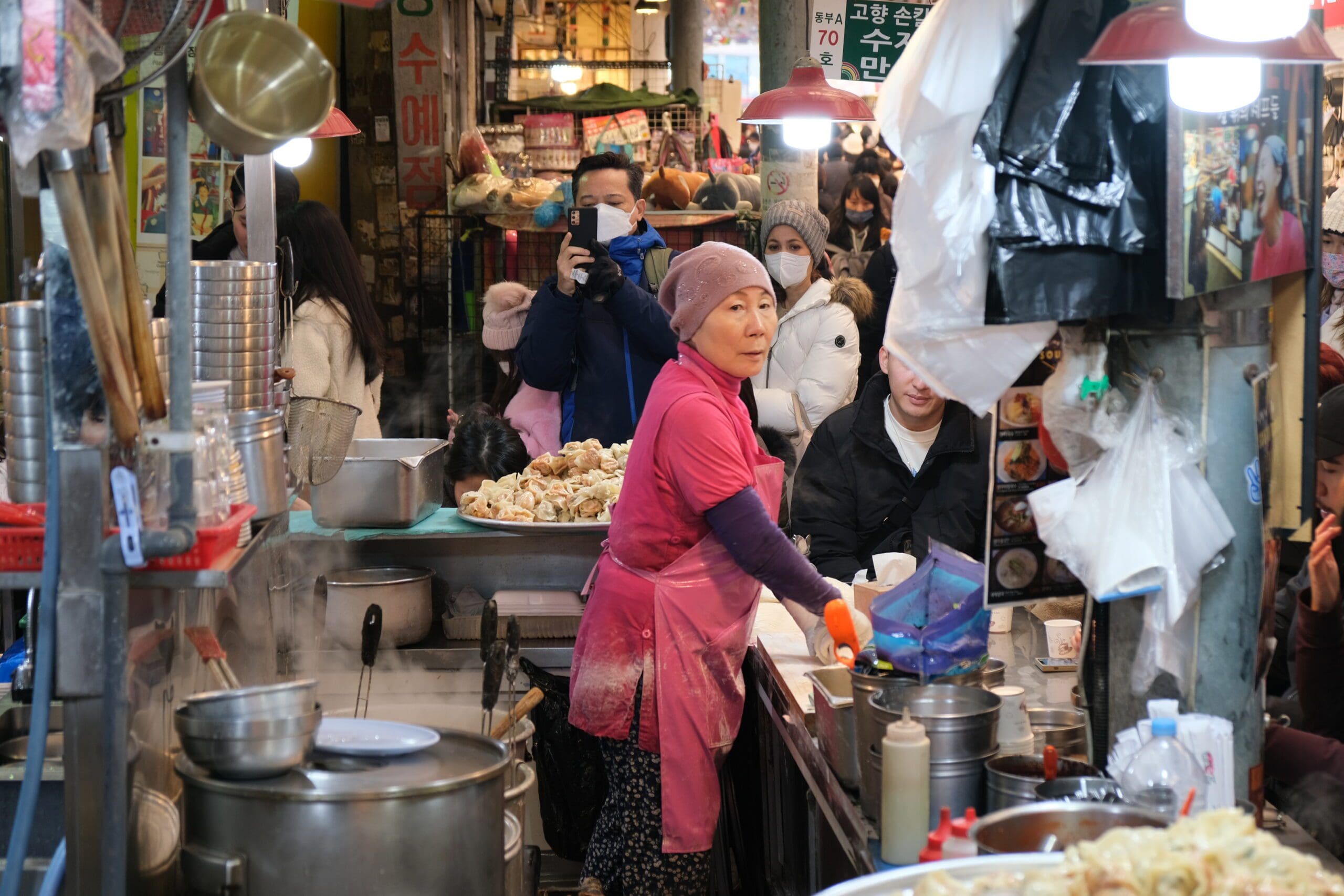“Daughter-in-law’s Kimchi is good, but wife family’s is best“, the Korean taxi driver half-joked. I was on my way to Kimchikan, the Kimchi museum in Seoul.
Museum Kimchikan
Surprisingly only a few people, including the friendly taxi driver, knew about the museum. We continued our chit-chat about Kimchi and his family for the rest of the short ride before he dropped me in the middle of Insandong.
Kimchikan building was a little hidden, but there was a big sign on the main road direction of the building, so it was hard to miss. I then took the elevator to the third floor and joined the already queuing twenty kindergarten students to learn more about Kimchi.
Kimchi
Kimchi, a Korean food culture icon, is a preserved vegetable dish fermented with special spices and sometimes even seafood. It forms an essential part of Korean meals, transcending class and regional differences. It’s also the people’s food in which Korea combines its’ rich nature and four seasons.
Made from vegetables grown diligently throughout the year and herbs and fruits offered seasonally by nature, Kimchi is believed to be a blessing from mother nature. It’s also considered a restorative medicine, contributing to good health in Korean food culture.
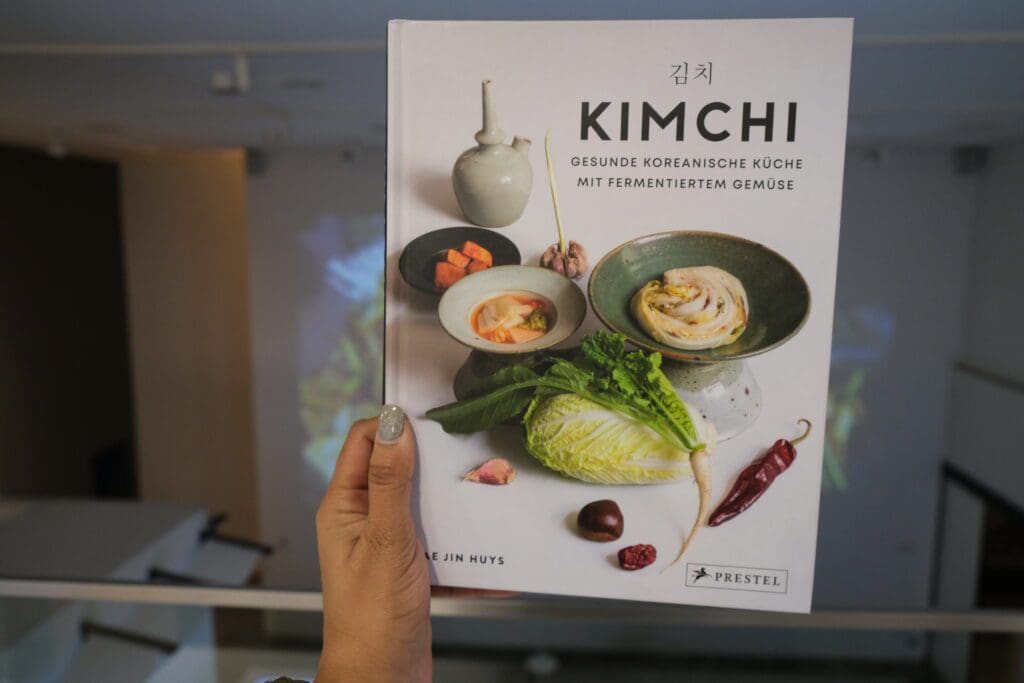
Kimjang
Kimjang is kimchi-making activity, usually done together as a family in advance. The best time for Kimjang is when the average temperature drops below 4C, usually from late November to early December.
In the olden time, Kimjang’s purpose is to prepare for the long and cold winter. Creative skills and ideas are shared and accumulated during exchanges among households. There are regional differences, and the specific methods and ingredients used in Kimjang are considered an important family heritage, typically transmitted from mother to daughter-in-law.
The preparation follows a yearly cycle. In spring, households procure shrimp, anchovy and other seafood for salting and fermenting. In summer, they buy sea salt for the brine. Then, in late summer, red chilli peppers are dried and ground into powder. Late autumn is Kimjang season when communities collectively make and share large quantities of Kimchi to ensure that every household has enough to sustain it through the long, harsh winter. They monitor weather forecasts to determine the most favourable date and temperature for preparing Kimchi.
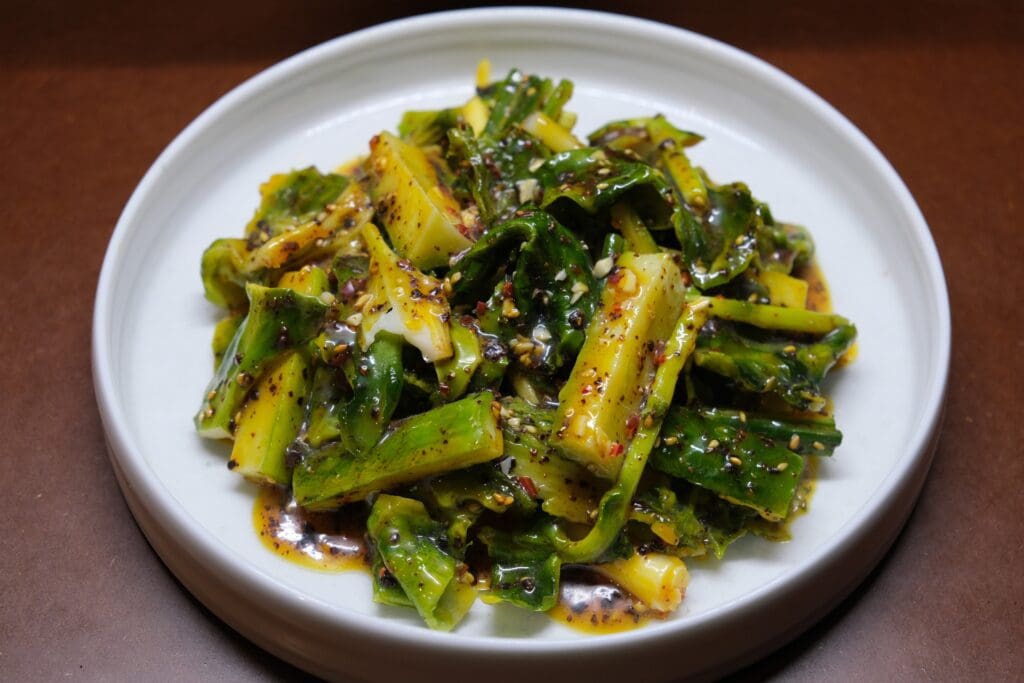
As you can understand from the explanation above, Kimjang is an essential reminder for many Koreans that human communities must live in harmony with nature.
These days making and sharing Kimchi, especially kimjang, is a way for the locals to celebrate Korean culture. Speaking of which, it’s also worth noting that Kimjang is a food culture listed as UNESCO Intangible Cultural Heritage.
Kimchi By Region
It was interesting to learn that the taste and look of Kimchi as a dish varies as the number of red pepper flakes and the type of fermented fish paste varies from region to region in Korea. The cold areas of the northern Korean peninsula are well-known for white Kimchi Bossan-kimchi and Dongchini (radish water kimchi) with fewer red pepper flakes. The Honam region is famous for its hot and spicy flavour, while the Youngnam region is known for its saltiness.
A Kimchi by Any Other Ingredient
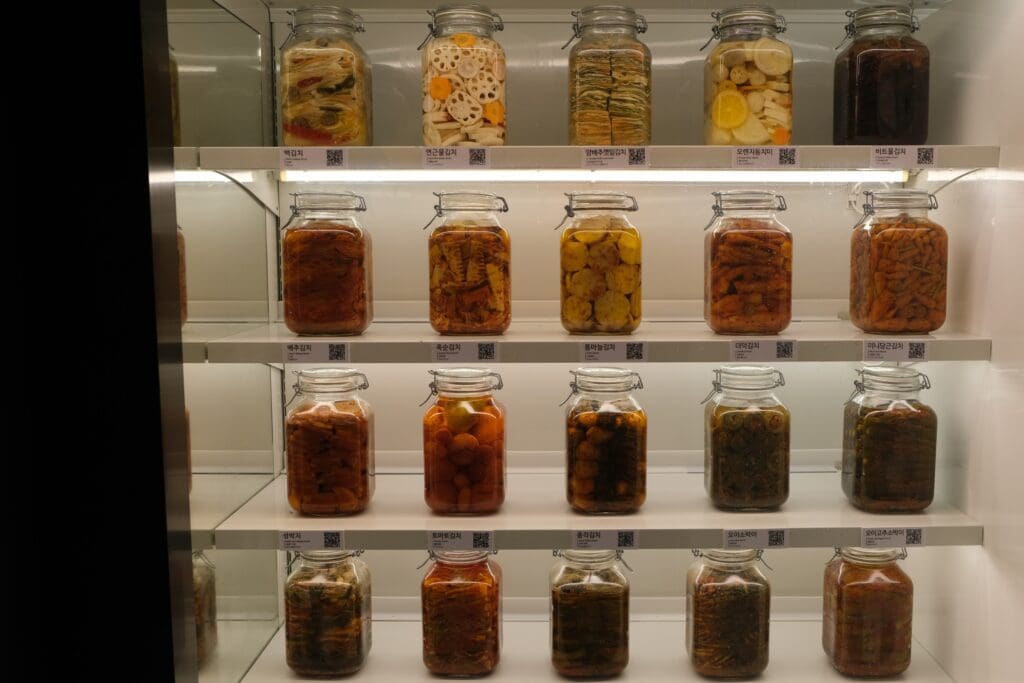
I have a confession to make; I don’t like traditional cabbage kimchi. I don’t like the taste, the texture, the smell. So imagine my delight when I stepped into the Kimchi storeroom (traditionally called Kimchium) and discovered various types of Kimchi, each made uniquely using different ingredients.
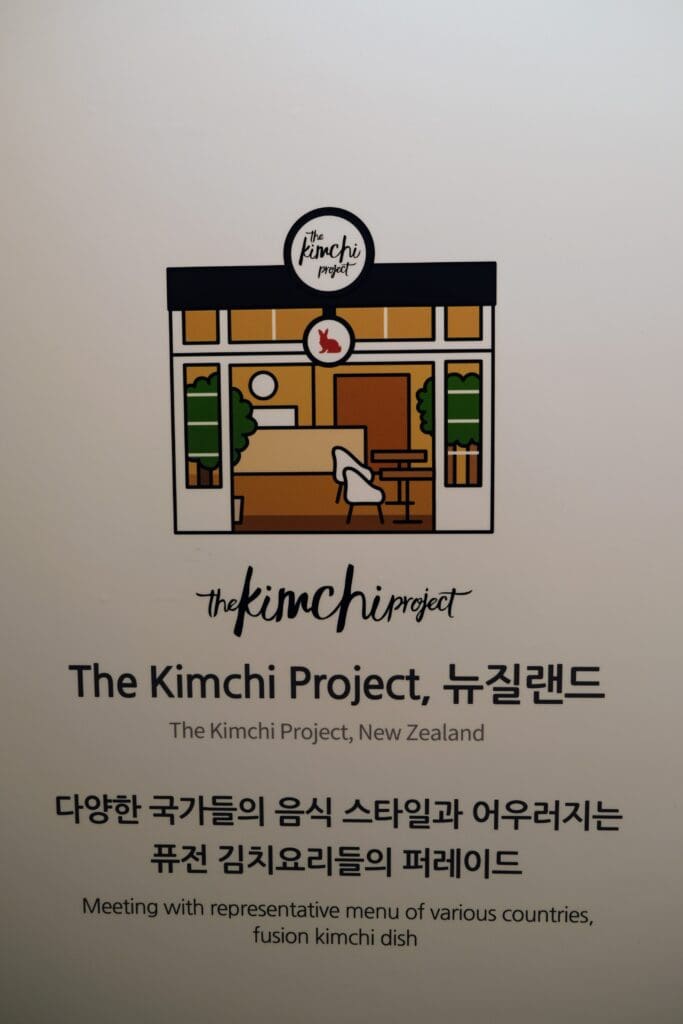
Aside from the storeroom and tasting room (currently closed due to Covid), the Kimchikan museum offered a lot of interactive information about the Korean food icon; from Kimchi making room to recipe books. I also took note of the few restaurants showcased in Kimchikan, including The Kimchi Project in Auckland. I plan to visit the restaurant next time I travel to New Zealand to try their Kimchi Calamari Risotto. It sounds delicious, eh?
I learned a lot of interesting things at Kimchikan Museum, and I came out with a renewed appreciation of Kimchi.
Follow me on Instagram @KultureKween for more recent updates.
